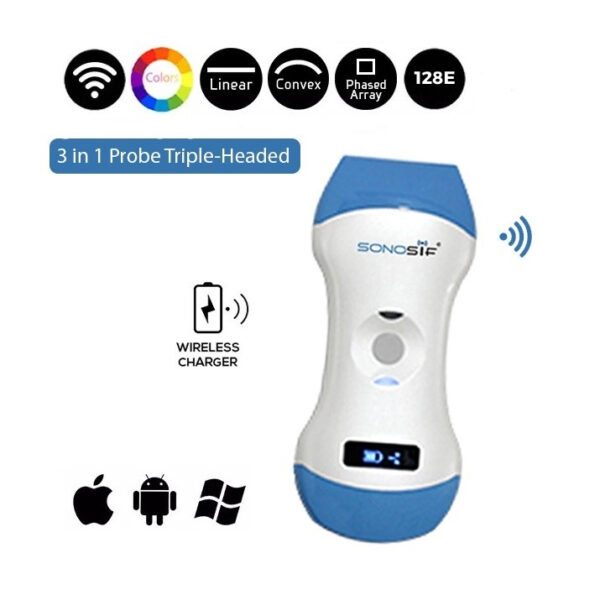- Immediate contact :
- +1-323-988-5889
- info@sonosif.com

Ultrasonography for Sclerosing Adenosis
April 21, 2022
Ultrasound-Guided Hydatid Cyst Diagnosis
April 21, 2022A pseudocyst is a frequent side effect of both acute and chronic pancreatitis. Pseudocysts are not actual cysts since the lining of the cyst is made up of scar tissue created by surrounding organs when pancreatic fluid escapes after acute damage rather than true pancreatic cells..
The following are the possible causes of pseudocysts:
· Pancreas injury.
· Pancreas infection.
· Pancreatic tumor.
· High calcium levels in your blood.
· Very high levels of blood fats (cholesterol)
· Pancreatic damage from medicines.
· Autoimmune diseases.
· Conditions that run in your family that harm the pancreas, such as cystic fibrosis.
Patients may have pancreatic cysts but experience no symptoms. Pancreatic cysts are often discovered incidentally during imaging tests of the abdomen that the patient is undergoing for a different reason. Sometimes, pancreatic cysts are discovered due to pain or after an attack of pancreatitis.
When signs or symptoms do occur, they may include:
· Persistent abdominal pain, which may radiate to your back
· Jaundice
· Nausea and vomiting
· Unexplained weight loss
· Unexplained diarrhea
Therapeuticendoscopists (gastroenterologists with specialized training in endoscopic procedures) utilize advanced diagnostic tools such as endoscopic ultrasound (EUS) in order to visualize the cyst and help identify which type it might be. Endoscopic ultrasound also allows fine needle aspiration of the cyst. This enables analysis with tumor markers and cytology to help diagnose the nature of the cyst, which is critical in developing an effective treatment plan.
To perfectly perform all these tasks, a professional and clear scanning machine ought to be used to guarantee accurate diagnosis and followingly appropriate treatment.
The Color Doppler 3 in 1 Wireless Ultrasound Scanner 3in1-CLC1CD is said to be specialists’ top recommendation since it met the ultrasound parameters required for this specific scanning procedure.
This portable ultrasound scanner has a Convex 3.5/5MHz and a Linear 7.5/10MHz with an Electronic Array scanning mode. As such, it is ideal for accurately locating the pseudocyst and so guaranteeing an exact spleen diagnosis facilitates, in that way, the treatment procedure.
Needless to say that this wireless ultrasound scanner is often used to observe blood flow to major organs such as the heart, kidney, liver, pancreas and of course the spleen. This should mean that this ultrasound machine is capable of providing very detailed scan images for those internal organs and so it will guarantee a meticulous diagnosis and assessment for the case in hand.
The mobile ultrasound scanner : 3in1-CLC1CD also includes a color doppler for measuring blood velocity within the damaged spleen area. It is worth noting that there is no need to replace the probe’s head because the software can be changed instead.
In brief, the Color Doppler 3 in 1 Wireless Ultrasound Scanner 3in1-CLC1CD serves as the perfect portable ultrasound machine in any medical facility. Thanks to its easy-to-use interface, no special training is required to use it. It is lightweight, easy to carry and easy to use. But, most importantly, it perfectly suits those patients who suffer from Pseudocysts in case they are looking for a perfect diagnosis.
Reference: acute and chronic pancreatitis
Disclaimer: Although the information we provide is used by different doctors and medical staff to perform their procedures and clinical applications, the information contained in this article is for consideration only. SONOSIF is not responsible neither for the misuse of the device nor for the wrong or random generalizability of the device in all clinical applications or procedures mentioned in our articles. Users must have the proper training and skills to perform the procedure with each ultrasound scanner device.
The products mentioned in this article are only for sale to medical staff (doctors, nurses, certified practitioners, etc.) or to private users assisted by or under the supervision of a medical professional.





